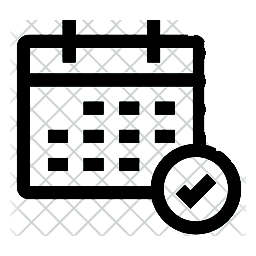
Services
Choledocho-Duodenostomy

Choledocho-duodenostomy is a surgical procedure performed to create an anastomosis, or connection, between the common bile duct (choledocho) and the duodenum (duodenostomy). This procedure is typically indicated in cases where there is obstruction or stricture of the bile ducts, preventing bile from draining properly into the small intestine. By creating a direct connection between the bile duct and the duodenum, choledocho-duodenostomy bypasses the obstruction, allowing bile to flow freely into the digestive tract. Choledocho-duodenostomy may be performed as an open surgical procedure or using minimally invasive techniques such as laparoscopy, depending on the patient's condition and surgical approach. This procedure can provide symptomatic relief for patients with obstructive jaundice, bile duct stones, or other conditions affecting bile flow. However, choledocho-duodenostomy carries risks such as infection, bile leakage, or injury to surrounding structures, and careful patient selection and surgical expertise are essential to optimize outcomes. Overall, choledocho-duodenostomy is a valuable surgical intervention for restoring bile flow and improving quality of life in patients with obstructive biliary tract disorders.

